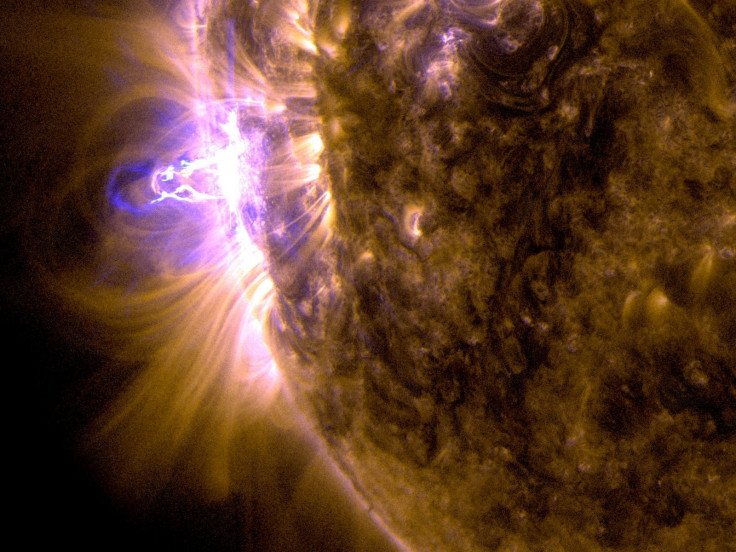'Extraordinary Survivor': This Planet Should've Been Engulfed By Its Host Star But It Survived

KEY POINTS
- Halla is orbiting a red giant star at about half the distance between the Earth and Sun
- It seems to have survived when the star expanded
- The discovery suggests that red giant stars can actually host planets nearby
Stars tend to go out with a bang at the end of their lives as they expand to sizes much larger than their own and end up devouring the planets around them. Scientists have now found a planet that appears to have survived its host star's death act.
Astronomers in Korea discovered planet 8 Ursae Minoris b (Halla) in 2015, according to the University of Hawai'i (UH) Manoa. Halla is a Jupiter-like planet and is rather close to its host star at 0.46 astronomical units (AU) or just about half the distance between the Earth and the Sun.
It orbits the star Baekdu. What's interesting about Baekdu and Halla's relationship is that the former had already expanded into a red giant star before. A red giant is said to form when the star begins the process of dying. When this happens, stars usually expand many times their normal size.
In the case of Baekdu, it would have expanded 1.5 times beyond Halla's orbital distance before shrinking to its current size. This means that Halla would (or should) not have survived that phase.
"Until now, the absence of planets with short orbital periods around post-expansion, core-helium-burning red giants has been interpreted as evidence that short-period planets around Sun-like stars do not survive the giant expansion phase of their host stars," scientists wrote in a paper, which was published this week in Nature.
Halla's continued presence suggests that it did survive.
"Planetary engulfment has catastrophic consequences for either the planet or the star itself — or both," Marc Hon, study lead author and a NASA Hubble fellow, said in a news release. "The fact that Halla has managed to persist in the immediate vicinity of a giant star that would have otherwise engulfed it highlights the planet as an extraordinary survivor."
So, how did Halla survive? The researchers have a few theories of what could have happened.
It's possible that the star now known as Baekdu was actually a result of a merger between two stars. This would have "altered the evolution of the host star," so Halla would have avoided being engulfed, researchers said.
Another idea is that Halla might actually be a second-generation planet that was only recently born. The merger of two stars would have formed a gas cloud that led to the formation of the mysterious planet.
"Most stars are in binary systems, but we don't yet fully grasp how planets may form around them," said Hon.
No matter what the case is, Halla's presence close to Baekdu shows that red giant stars can actually host planets nearby, the researchers said. Irrespective of whether Halla is a hardy survivor or a newborn planet, its mere presence surely adds an interesting layer to our understanding of red giants and the planets around them.
© Copyright IBTimes 2024. All rights reserved.






















